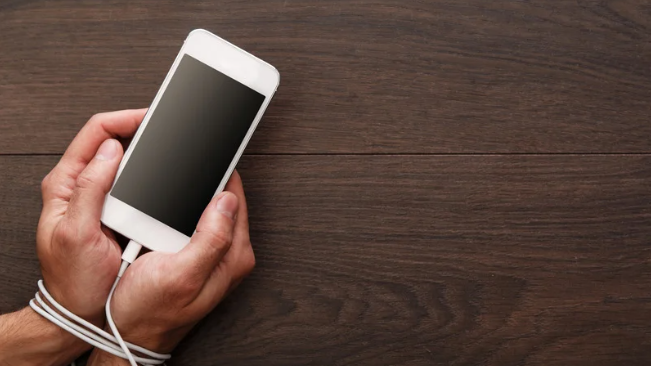A new longitudinal study in JAMA Psychiatry followed more than four thousand U.S. tweens for twelve months and uncovered a sobering pattern: when children show addictive behaviour around phones, games, or social networks—compulsively checking for notifications, losing track of time, growing irritable when the device is taken away—their likelihood of reporting suicidal thoughts or serious emotional distress rises two- to three-fold.
Researchers emphasised that total screen hours are not the primary danger. Instead, it is the dependency loop itself: dopamine spikes from endless scrolling, escape from offline stress, and the constant need for digital validation. These habits remodel reward pathways in much the same way substance addiction does, eroding impulse control, sleep quality, and real-world relationships.
How CyberSafely Adds a Protective Layer
Healthy habits start with awareness, but parents also need practical support. CyberSafely’s AI-driven parental control platform goes beyond simple time limits. Our technology analyses language patterns, emotional tone, and usage spikes in real time, alerting families when a child’s behaviour suggests screen addiction, anxiety, or exposure to harmful content. By receiving early, data-backed insights, parents can start an honest conversation, re-set boundaries, and redirect attention toward offline activities—well before a crisis develops.
Crucially, our parental control dashboard respects privacy while still highlighting the signals that matter, such as late-night device use, sudden surges in certain app categories, or emotional triggers in chat messages. Coupled with clear family agreements—device-free bedrooms, scheduled social breaks, weekly check-ins—this proactive approach restores balance without demonising technology.
Moving from Fear to Empowerment
Banning screens outright rarely works, especially for teens who rely on digital spaces for social identity. Instead, parents and educators can focus on three evidence-based pillars:
- Context-based limits: Shift the conversation from “how long” to “how” and “why.”
- Shared accountability: Model mindful tech habits yourself; adolescents notice consistency more than rules.
- Smart tools: Leverage advanced parental control solutions like CyberSafely to surface hidden risk factors, freeing you to coach rather than constantly police.
When families combine open dialogue with intelligent safeguards, they transform devices from potential hazards into managed assets that support learning, creativity, and healthy connection.
Ready to Take the Next Step?
Discover how CyberSafely can help your household navigate the digital world with confidence. Our free starter plan includes real-time risk alerts, weekly wellness snapshots, and tailored suggestions for building healthier screen routines. Register for free, here

